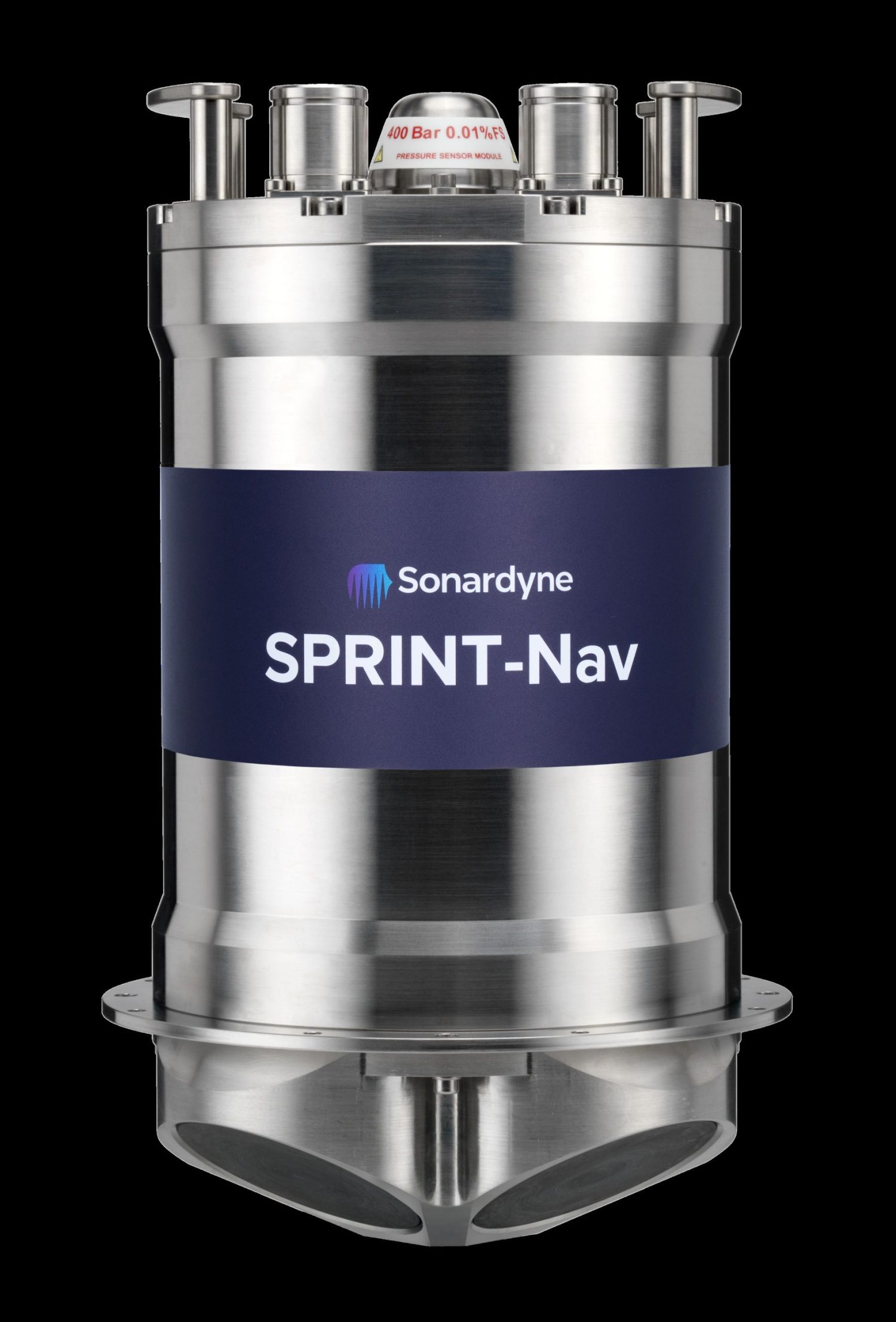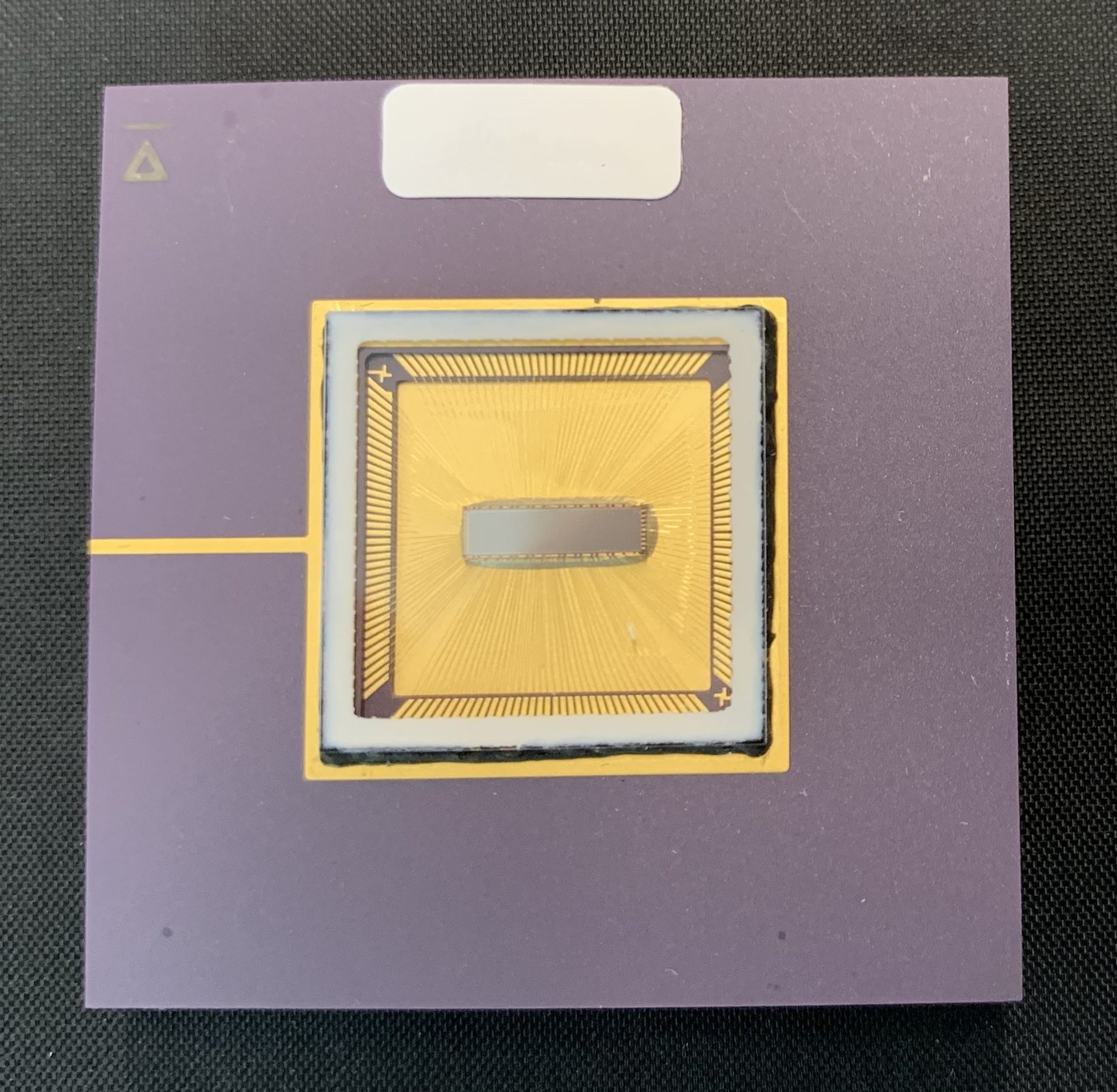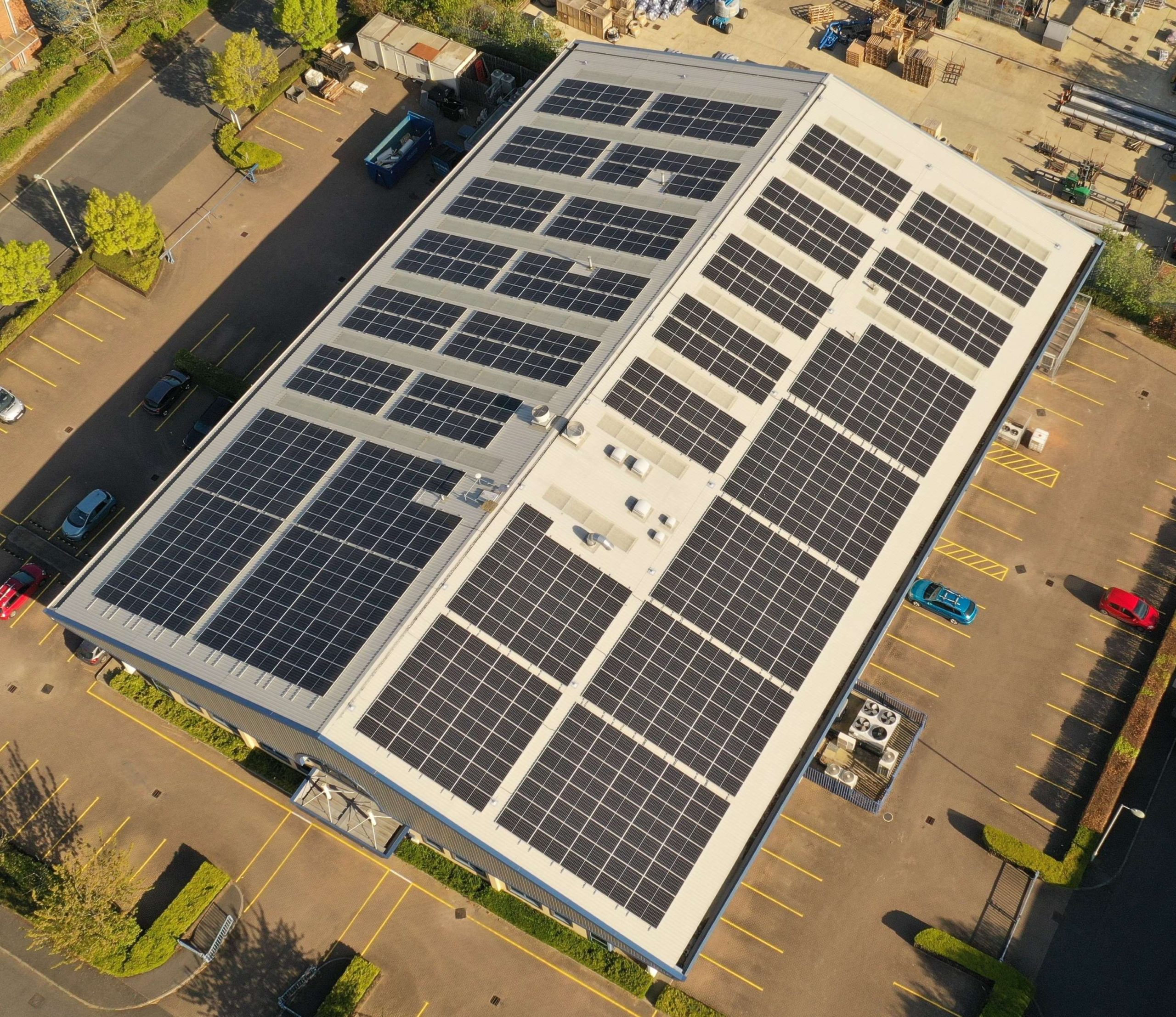Joint subsea-surface survey operations capability demonstrated
The ability for multiple unmanned subsea-surface systems to work together on joint survey missions, controlled from shore, has taken a step closer to operational reality following a two-week trial in Scotland’s Loch Ness.
During trials in and on the loch, Sonardyne International Ltd.’s USBL acoustic positioning and AvTrak telemetry systems enabled an unmanned surface vessel (USV) to locate, track and command and control an unmanned underwater vehicle (UUV). Position and mission status updates were transmitted to shore via surface communications.
The mission also included, for the first time, through-water transfer of data collected by a Sonardyne Solstice multi-aperture sonar on the UUV to the USV, using Sonardyne’s BlueComm optical modem.
The demonstrations, involving the NOC’s Autosub Long Range (ALR) and ASV Global’s C-Worker 5, were the culmination of the three-year Autonomous Surface and Sub-surface Survey System (ASSSS) collaborative project. The project was led by ASV Global with partners Sonardyne, the National Oceanography Centre (NOC) and SeeByte Ltd., supported with funding from Innovate UK and the Defence Science and Technology Laboratory.
The need to collect more data from the marine environment means that marine autonomous systems need to be at sea for longer. Pairing a UUV or autonomous underwater vehicle with a USV means that positioning accuracy – crucial for high-quality survey data – can be optimised on missions lasting weeks, if not months, without the need for manned surface vessel support. By using optical and acoustic communications systems, the survey data can also be accessed more economically and missions can be updated on the fly, according to what is found, without the UUV having to surface or needing to be recovered.
The aim of the ASSSS project was to deliver an integrated system to perform low cost, full water column marine surveys using multiple unmanned systems.
Proving acoustic enabled multi-vehicle tracking, command and control with optical data transfer through the water column also lays the ground work for long-range, over-the-horizon autonomous underwater vehicle survey operations, says Geraint West, Global Business Manager, Oceanographic.
“This is the first time we have put all of these market-ready technologies on the same vehicle,” he says. “We’ve shown that our technology can enable a UUV to operate autonomously with a USV and offload its Solstice side-scan survey data using BlueComm.”
Furthermore, because Sonardyne’s USBL and AvTrak technologies are able to track and communicate with multiple subsea platforms, a single USV is able to manage swarm operations, further extending unmanned operational capabilities.
We are now able to send down new missions via acoustic communications to avoid the ALR having to surface from 6 kilometres deep. We are not only tracking, we are getting quality data back from the system via acoustics, so we can make informed decisions.
Matthew Kingsland, Senior Robotics Systems Engineer, NOC
Ruth Taylor, Product Manager – (Science), ASV Global, said: “The whole system potential is massive. The aim was to make the two vehicles work together autonomously. With BlueComm connected and being able to back-up the data autonomously and send it to shore much sooner is pushing the boundaries and taking autonomous operations to a new level.”
Want to find out more about this article?
Speak to an expert







